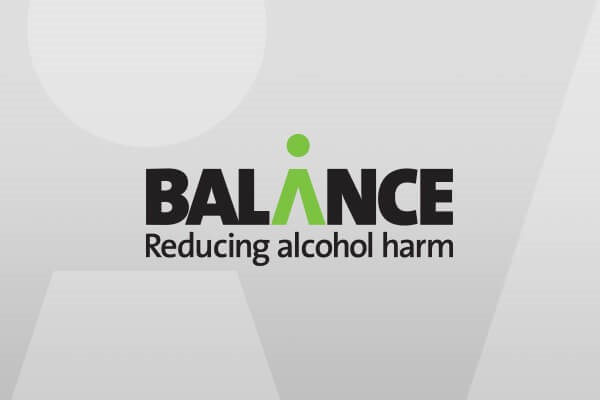No ban for TV ad showing link between alcohol and cancer
Attempts by the alcohol industry to ban a TV advertisement linking their products with an increased risk of developing cancer have failed.
Balance, the North East Alcohol Office, fought back against sections of the industry which complained that its TV advertisement highlighting the link between alcohol and cancer was misleading and irresponsible.
After considering the evidence the Advertising Standards Authority (ASA) ruled today (Wednesday 23rd April) that the Balance advertisement was not in breach of the UK code of broadcast advertising (BCAP) after complaints were received from, amongst others, the British Beer and Pub Association.
The Balance advertisement, which ran in the North East of England, featured a man in a kitchen preparing a meal. As he began, he took a beer out of the fridge, poured it into a glass and took a sip. At the bottom of the glass was a small tumour which began to grow as the man took more sips of beer from his glass. As the man took the final sips of beer from the glass, the tumour was seen sliding down the glass towards his mouth. You can view the film here – www.reducemyrisk.tv
In its response to the ASA, Balance outlined the existing, peer reviewed research on the links between alcohol and cancer, and also highlighted that the organisation had worked closely with medical experts during the development of the advertising campaign to ensure the messaging was accurate and in no way misleading or alarmist.
Research shows that alcohol is responsible for around 12,500 cases of cancer each year in the UK, with hospital admissions for alcohol-related cancers increasing by 28 per cent in the last 10 years.
The World Health Organisation categorises alcohol as a Group 1 carcinogen, the same as tobacco, and the independent evidence base makes clear that the more you drink and the more often you drink, the more you increase your risk of developing cancer.
Studies have shown that:
You are three times more likely to develop cancers of the mouth and throat by drinking above the recommended limits.
Regularly drinking just above the recommended guidelines increases the risk of getting breast cancer by around 20%.
Alcohol is one of the main risk factors for liver cancer.
Colin Shevills, Director of Balance, the North East Alcohol Office, said: “We are delighted at the ASA’s decision – this is a real victory for the health community. Sections of the alcohol industry have tried to prevent us providing health messages to the public which is highly irresponsibly. It also shows an industry which is putting profits before health and wellbeing – similar tactics to those that were employed by the tobacco industry.
“The aim of this advertising campaign was to make people aware of the link between alcohol and seven types of cancer, then directing viewers to further information online so they could make their own, informed decision about how much they drink.
“Here in the North East of England we experience some of the worst alcohol related health problems. Unlike tobacco, very few people associate alcohol with cancer and we need these perceptions to change. In some of our most recent studies only 21% of people in the North East stated that alcohol greatly increases the risk of cancer – with 18% believing that alcohol doesn’t increase the risk at all.”
Dr Tony Branson, Consultant Clinical Oncologist at Newcastle upon Tyne Hospitals and medical director of the North of England Cancer Network, said: “Awareness of the carcinogenic properties of alcohol is not widespread and the film, although strong, gives a clear message in this regard so that individuals can make more informed choices about their alcohol intake.”
Sarah Williams, Health Information Officer at Cancer Research UK added: “The link between alcohol and cancer is well established, and it isn’t just a risk for heavy drinkers. Although there is no known ‘safe’ level of drinking when it comes to cancer, the risk is smaller the less you regularly drink.
“With UK drinking levels around 90% higher than they were in 1960, it’s vital that people have clear and accurate information about the risks of drinking alcohol to balance against alcohol-industry marketing.”
